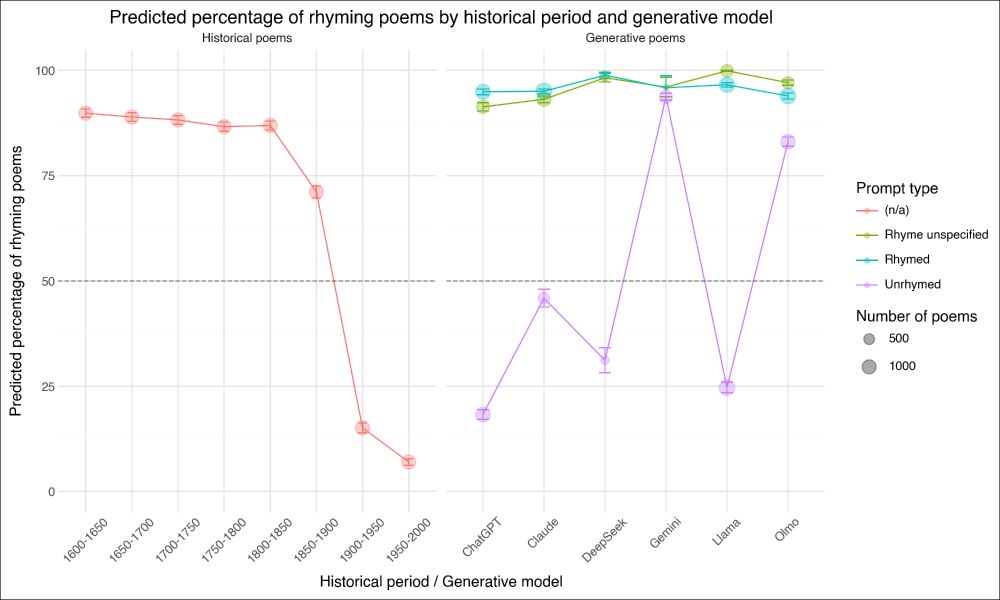Melanie Walsh
@mellymeldubs.bsky.social
3.8K followers
780 following
420 posts
Asst Prof @ University of Washington Information School // PhD in English from WashU in St. Louis
I’m interested in books, data, social media, and digital humanities.
They call me "Eyre Jordan" on the bball court 🏀
https://melaniewalsh.org/
Posts
Media
Videos
Starter Packs
Reposted by Melanie Walsh
Reposted by Melanie Walsh
Reposted by Melanie Walsh
Reposted by Melanie Walsh
Reposted by Melanie Walsh
Reposted by Melanie Walsh
Reposted by Melanie Walsh
Reposted by Melanie Walsh
Reposted by Melanie Walsh
Reposted by Melanie Walsh












